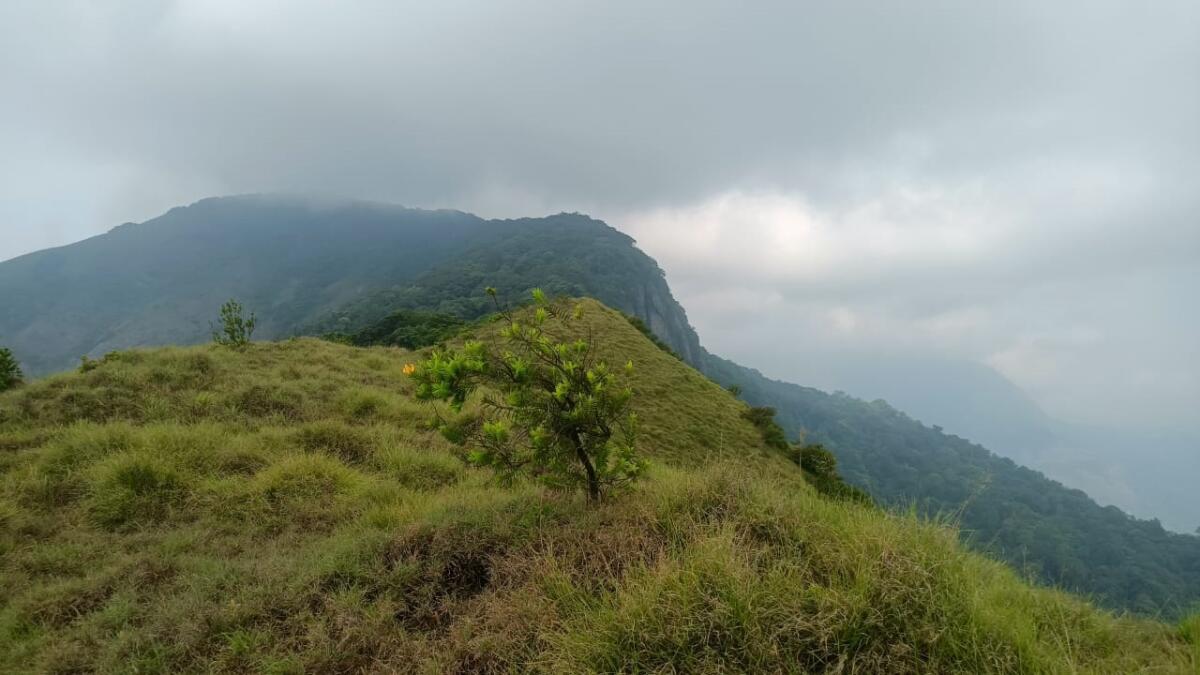Now Reading: Nilgiri Tahr Population Revives in Coimbatore Forest Despite Threats
-
01
Nilgiri Tahr Population Revives in Coimbatore Forest Despite Threats
Nilgiri Tahr Population Revives in Coimbatore Forest Despite Threats

Quick Summary
- Recent synchronised survey of Nilgiri tahr in April revealed a population of nine individuals in the Coimbatore Forest Division.
- Nilgiri tahr sighted at Chinnaattumalai after a decade, marking possible recovery and habitat connectivity.
- Indirect evidence like pellets and hoof marks were recorded in other habitats.
- Historical habitats surveyed include Madukkarai range (Chinnaattumalai, Periyaattumalai) and Boluvampatti range (Kunjiranmudi, Kurudimalai, Vellingiri hills).
- Major threats to nilgiri tahr habitats identified:
– Forest fires
– Human activities such as mass pilgrimage and trekking
– Invasive plant species (e.g., Eupatorium glandulosum, Chromolaena odorata, Lantana camara)
- Anthropogenic pressure has contributed to habitat disturbances; existing population size is below the minimum (50) needed for survival.
Indian Opinion Analysis
The sighting of Nilgiri tahr at chinnaattumalai after ten years signifies an encouraging progress for conservation efforts within fragmented ecosystems. However, the reported population is critically low, emphasizing the urgent need for targeted action against identified threats like forest fires, invasive species proliferation, and anthropogenic pressures from pilgrimage activities.
India’s efforts to preserve its State animal must balance ecosystem protection with local community needs-like collection of non-timber forest products-and culturally meaningful pilgrimages disrupting fragile grassland ecosystems. Coordinated measures focusing on invasive species control, grassroots awareness about fire prevention during peak pilgrimage seasons, and long-term ecosystem management are essential steps forward while maintaining biodiversity integrity. Without intervention soon enough to expand populations above survival thresholds (<50), regional extirpations may become inevitable.Read more: Link























